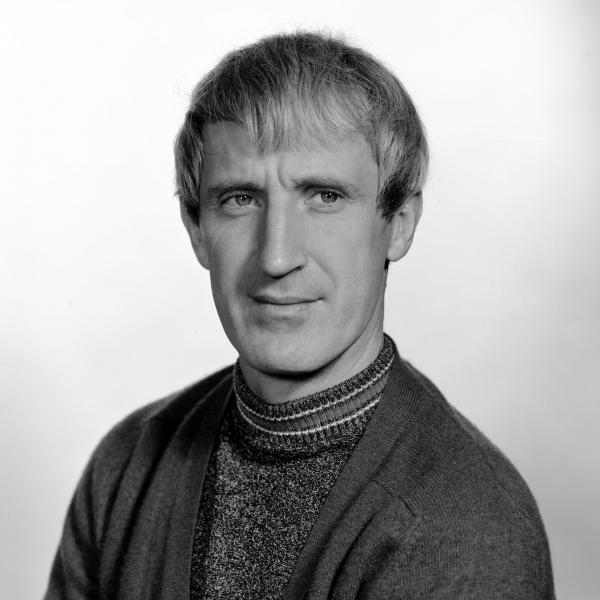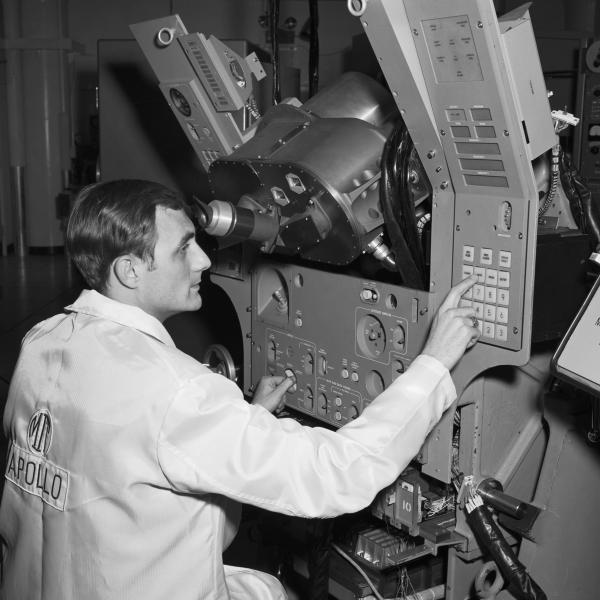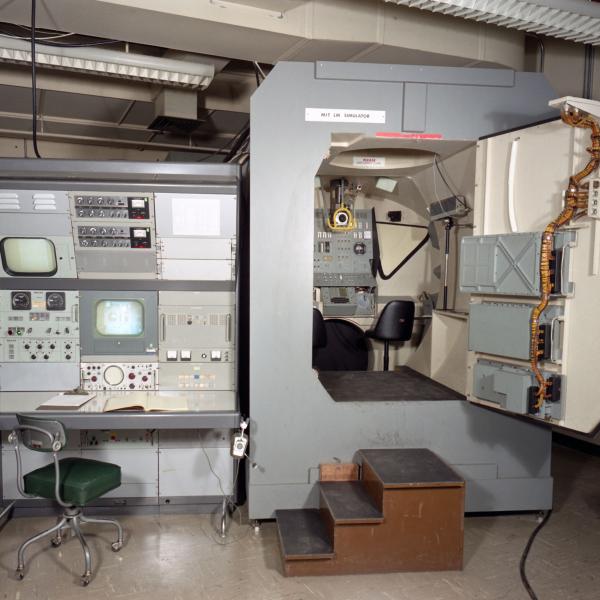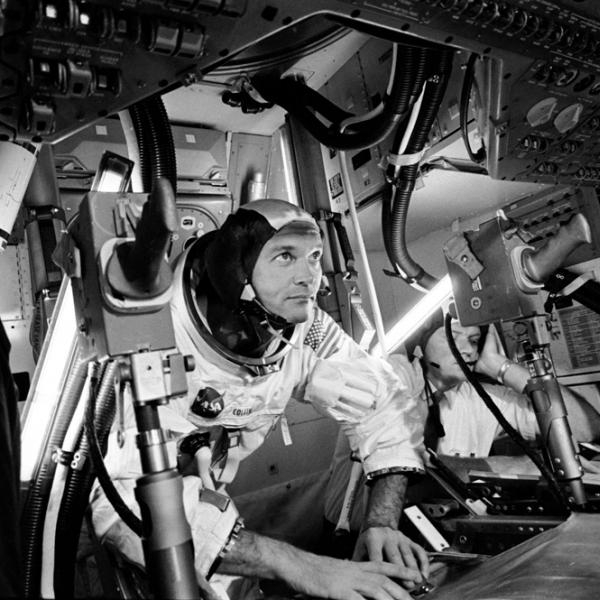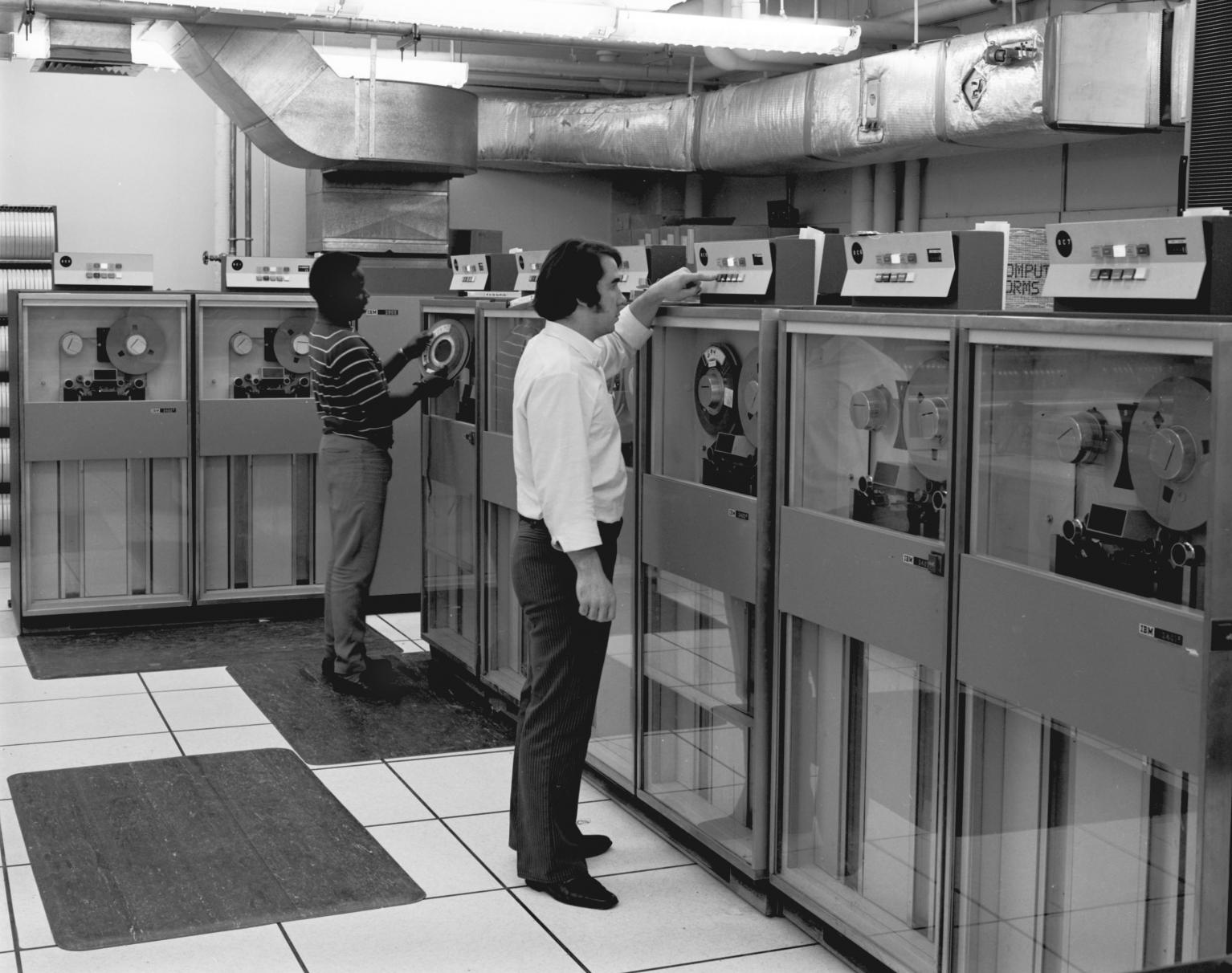
In Their Own Words: Tom Fitzgibbon on MIT Lab Culture
Tom Fitzgibbon was in charge of creating the hybrid simulator for the Apollo Program. A computer engineering feat, it was a combination of analog and digital computers that would simulate the Apollo spacecraft and spaceflight conditions in real time to test the software and train astronaut crews.
"The unique thing about the lab at that time was that it encouraged creativity, in a quiet way, nobody went around saying, hey, we're the best, we're the brightest. You just sort of did it. I don't know how the other groups handle their personnel, but when I ran my outfit, I gave the guys complete freedom to be creative. I had three rules for anybody who worked for me "take nothing for granted, make no assumptions, and never be discouraged by the fact that you don't know what you're doing" because we were known as the weird group in the corner during the Apollo project.
Every day was a learning system. Every day was a new problem and a new solution.
The analog computers, two analog computers, they were to model the dynamics of both the Command Module and the Lunar Excursion Module. It was a very complicated simulation because the spacecraft was controlled with reaction jets so we had to model those reaction jets, plus the physical dynamics of a rotational body which is imbalanced in many ways.
The last thing you wanted to do was to have the system not mimic the real system. It had to be accurate, had to be true to what was going to happen. We would challenge to make it perfect because we didn't want to be embarrassed if things didn't work out. There were times when the whole simulation was so complicated that if there was a problem, like, for instance, if the digital computer hung up in what we called the death grip or something like that you had to find it and have to find a reason why it was and very often we would be stringing wires from one end of the computer facility to the other so that when a certain event happened, it would trigger an interrupt and stop things at the exact location. We had to be very inventive with debugging problems. So when we finally get things working, it was quite an achievement."
